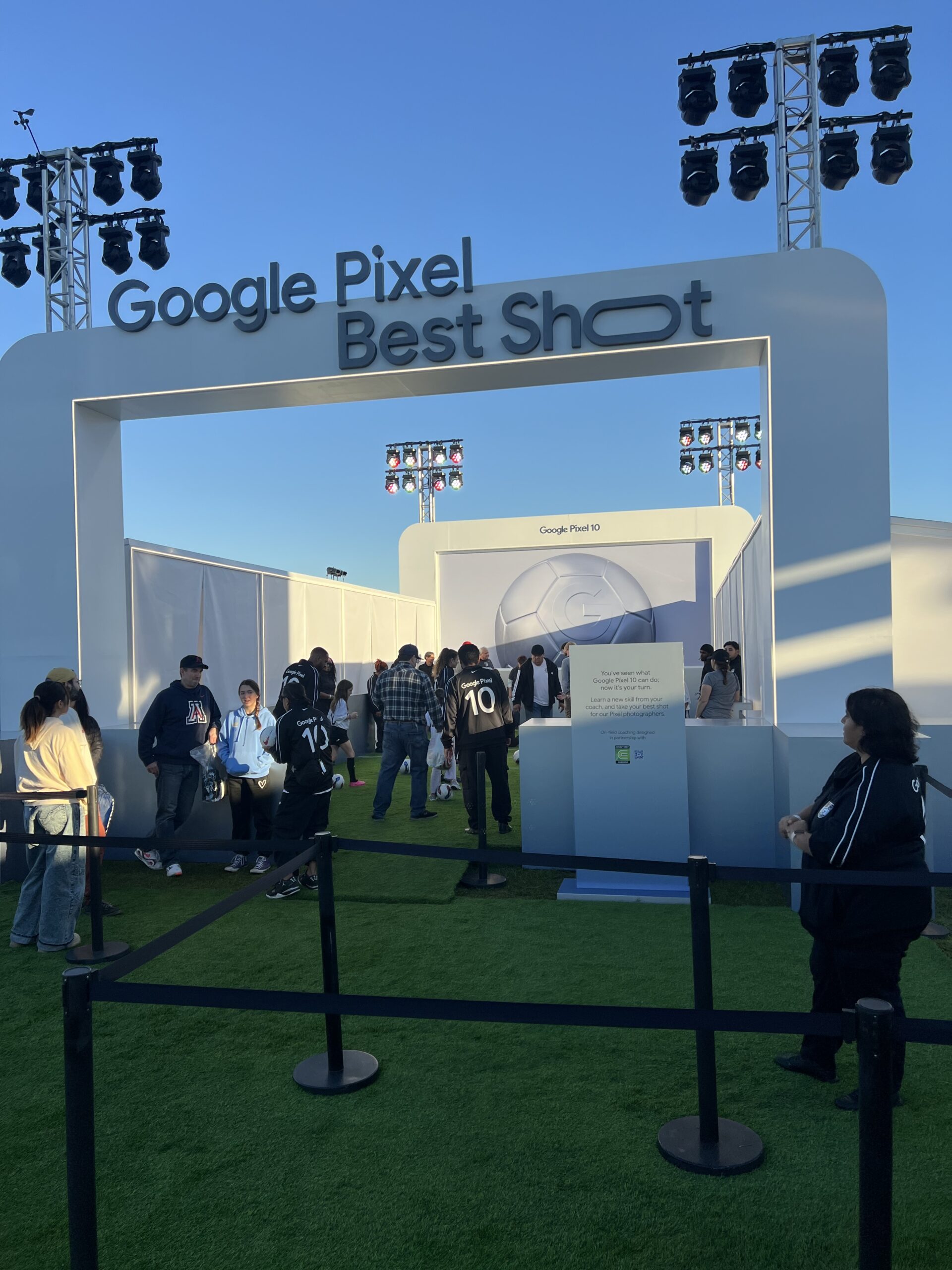Women’s Soccer Tips PART I
Tony DiCicco
Commissioner, WUSA
Head Coach ’96 Olympic Gold Medallist; ’99 World Champions
In America, we have established through hard work, inspired play and success at the highest level, an expectation of excellence on the female side of the game of soccer. During my term as US Women’s National Team coach, our motto was “win forever”. Some may consider such lofty goals as frivolous or unattainable. I prefer, however, to compare it to the Brazilian men, considered, by virtually all the experts, to be the best soccer team on the planet. The citizens of Brazil clearly want and expect their team to win every soccer match and every competition and, therefore, the Brazilian male players must train to live up to those expectations.
The expectations of American soccer fans should also be that the US Women win every soccer game and every competition. To satisfy those goals, female soccer in America has to always be on its cutting edge. Constant evaluation, innovation and individual and collective pursuit of excellence must be a daily objection.
This series of articles is to assist with soccer player development and our ability to win forever. The following will look at our players as well as our soccer culture. I will review our challenges from a technical, tactical, physical and psychological aspect and hopefully encourage players, coaches, administrators and parents to all share and become part of the USA Women’s Soccer win forever vision.
This document is intended to support all the directives from April Heinrichs, Womens National Team Head Coach and Technical Director.
Female soccer in America continues to set the standard worldwide. Our women’s team is ranked #1 in the world. Our professional league, the Womens United Soccer League is the best league in the world. We are attracting more and more young girls into the game. Studies show that from age 15 and up girls and women make up more than 50% of all players.
Much of our success can be directly linked to our youth soccer programs, USYS, AYSO and others and how they have instilled within young players a love for our game as well as provided training and a structure for girls and women to play, fail, succeed and learn and continually evolve. But, we need to do more…not necessarily train more or play more but, specifically, become more of a soccer culture, to add sophistication of play to the strengths already demonstrated by our female players. How do we do that?
First, our soccer players need to see top-level soccer. I define top-level soccer as, for the competitive level player, watching our Women’s National Team or a League match in the WUSA. For recreational level players, you can add in the college game to the other elite choices. Coaches, parents and players need to understand to assist with player development on a personal or team level, seeing the highest level possible will provide a strong and meaningful supplement to a youth player’s soccer training and game routine.
When a young player watches a WUSA game or WNT game live, she sees and experiences, the real speed of the game…the real version of pace, quickness, tenacity. It is not uncommon for a team that attends a game and really watches …is a better team the very next day in practice. Why? Players see the crispness of the tackles and the sharpness of the passes. How top players receive a ball out of air, how clean their first touch is and how they relieve pressure individually with their own flair and collectively by passing out of pressure. Countless player and team qualities can be observed and learned and applied to their own soccer games…all by just coming to a WUSA game.
As an Assistant coach with our U20 Men’s team in 1993, I witnessed this first hand. We were on a trip to England preparing for the U20 World Championship in Australia later that year. We had the top players from the American College system and even a couple that were already professionals. In other words, they could play. We took the team to see QPR play Manchester United in London. The game was awesome. The speed of ball movement was very impressive. The strength of tackles and the quality and speed of runs off the ball was special.
The players studied the game and its players and the next day in training, our young men were better players and we were a better U20 National Team. Why? It was clear to me then and just as clear now that watching top professional players in person is a wonderful player development opportunity. In my opinion, watching an international or professional game LIVE is a positive substitute or replacement for a team training session or even a match or…two. Watching just one game can make a very noticeable difference.
However, I would wager that most of our competitive level teams within a one hour drive of a professional team or an international game do not see an average of one per year. That same player living in Germany will see many games live and a steady diet of games and replays on TV every week for 11 months of the year. It is no surprise that the European players, playing in the WUSA are considered by the League’s head coaches as being more sophisticated (soccer savvy) than the American counterpart.
To all the youth soccer coaches…it is your responsibility to develop players and part of your developmental scheme must be to make time to have your team see, at least, one live game per year.
Of course, if you cannot see a game live because of travel considerations then watch pro and international games on TV. Although not as impressionable as a live game, watching or taping a game to watch it later provides a learning platform for our players.
I cannot state this strongly enough…If we want to be the best, we need to see the best regularly. This is one of the most important women’s soccer tips to consider.
Who do you think was the most sophisticated player on the 1996 USA Olympic Gold Medal team or the 1999 World Cup Championship team? The answer is Brandi Chastain. However, this may be considered remarkable when you realize that she was not on the USA National Team from 1991 – 1996. So, while all the other national team players were playing internationally for 5 years, Brandi was evolving from a soccer savvy standpoint…faster…how?
Brandi is a soccer junkie. She watches it on TV, and she goes to professional games whenever possible. When we (Olympic Team) were preparing in Florida in 1996, Brandi would organize a team bus or vans to go from Orlando to Tampa (75 miles) to see the Tampa Bay Mutiny (MLS) play. Brandi is special, but her drive to see the highest level possible should be the norm. Most of our top young soccer prospects that live within driving distance from a WUSA team need to develop that same motivation and our coaches and parents need to help cultivate that hunger within our players.
Simply stated….our players need to become students of the game!
I have initiated with our youth organizations, specifically, USYS and AYSO, a program called Youth Energize the Stadiums (YES). The YES program is an effort to connect the youth teams with WUSA teams so that, attending a game is fun, educational and impacts player development.
The YES program addresses that most teams that do attend a game do so as a team outing…which, of course, is fine. But, let’s also have our teams attend a game with a player analysis mentality. It makes sense that if a young midfielder attends a WUSA game in which the Boston Breakers and Carolina Courage are playing that she studies Kristine Lilly or Hege Riise or both and try to identify 3 things that Kristine or Hege did that she would want to incorporate into her own game….or if the NY Power is competing against the San Jose CyberRays that our young forward watching Tiffeny Milbrett or Katia and stealing some of their attacking and scoring secrets or if the Atlanta Beat are playing for that young goalkeeper to watch Briana Scurry and maybe get a glimpse of how an Olympic Gold Medal and World Cup Champion goalkeeper plays.
The possibilities are endless and this makes so much sense…I’m getting pumped up…but how many ODP coaches take their players to a game with a match and player analysis objective?
Ok, so this is what the YES program and Tony DiCicco suggest. Every coach, if you are coaching the recreational level, you should get your team to a international, professional or even collegiate game. If you are coaching at a competitive or elite level, you need more than college soccer, you need to see the world’s best players playing regularly. Every team needs to set an intention to see a professional game live at least once this year and also, as a team, watch a WUSA professional game or international game at least two times on TV and tape these games to watch on your own.
I guarantee player development and enjoyment of the game will be greatly enhanced. Thanks and Good luck!
In Part II of women’s soccer tips we will look at some of the technical and tactical sides of the game that our players need to be aware of and become better at.
Tony DiCicco
SoccerPlus Camps
20 Beaver Road; Suite 102
Wethersfield, CT 06109
1.800.533.7371
www.soccerpluscamps.com















